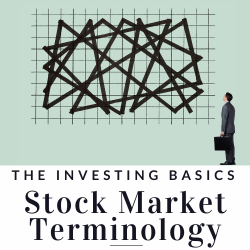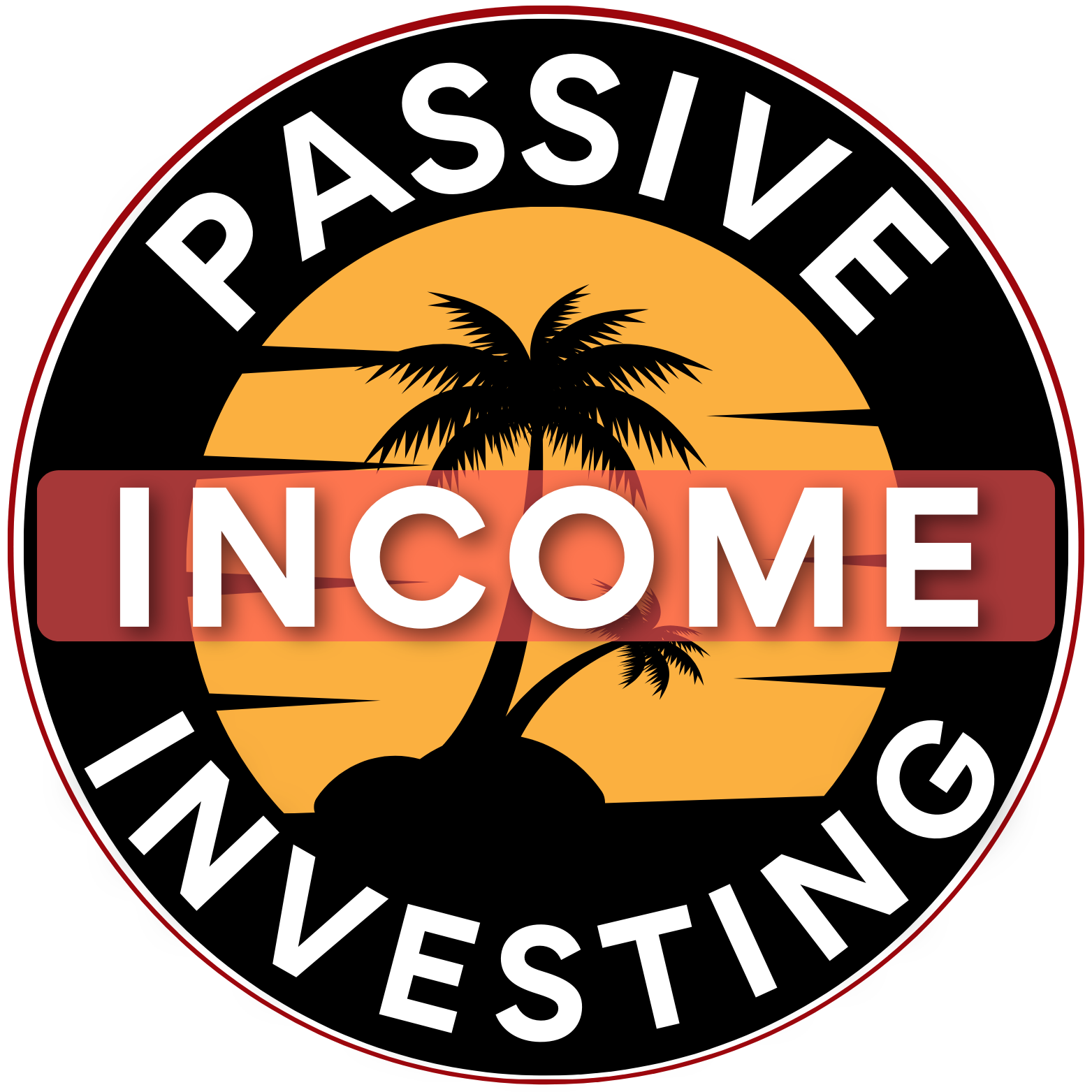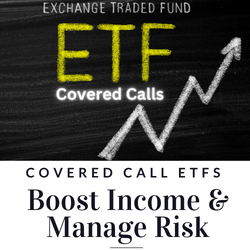
The Basics: Stock Market Terminology
This is part of the Investing Basics series, refer to these blog posts anytime for reference!
Stock: An ownership share in a publicly traded company.
Bull Market: A market in which stock prices are rising, generally characterized by optimism and positive investor sentiment.
Bear Market: A market in which stock prices are falling, generally characterized by pessimism and negative investor sentiment.
Index: A benchmark used to measure the performance of a group of stocks.
Dividend: A portion of a company’s profits distributed to its shareholders.
Distribution Payment: Distributions come from the income and gains earned by the underlying investments of the fund.
P/E Ratio: The price-to-earnings ratio, which is calculated by dividing a company’s stock price by its earnings per share.
Volume: The number of shares of a stock that are traded in a given time period.
Blue Chip Stock: A stock of a large, stable company with a history of consistent earnings and a strong reputation.
Market Cap: The total value of a company’s outstanding shares of stock.
IPO: Initial public offering, which is the first time a company’s stock is offered for sale to the public.
Market Order: An order to buy or sell a stock at the current market price.
Limit Order: An order to buy or sell a stock at a specific price or better.
Stop Order: An order to buy or sell a stock when it reaches a specific price.
Resistance: A price level at which a stock has had difficulty moving above in the past.
Support: A price level at which a stock has had difficulty moving below in the past
Bonds: A fixed-income investment where an investor lends money to an issuer (such as a government or corporation) in exchange for interest payments and repayment of principal at maturity.
Mutual Funds: A professionally managed investment vehicle that pools money from many investors to purchase a diversified portfolio of stocks, bonds, or other assets.
Exchange-Traded Funds (ETFs): A type of investment fund that trades on a stock exchange, and typically tracks an underlying index or benchmark.
Real Estate Investment Trusts (REITs): A type of investment fund that owns and manages income-producing real estate properties.
Certificates of Deposit (CDs): A time deposit with a bank or financial institution that pays a fixed interest rate for a specified term.
GIC: Guaranteed Investment Certificate (Canada): a type of investment product offered by Canadian financial institutions such as banks and credit unions. GICs are a low-risk investment option that guarantees a fixed rate of return over a specified period of time, typically ranging from 1 to 5 years.
HISA: High-Interest Savings Account. (Canada)It is a type of savings account offered by banks and financial institutions that typically pays a higher interest rate than a standard savings account.
Options: A financial instrument that gives the holder the right (but not the obligation) to buy or sell an underlying asset at a specified price within a certain time period.
Covered Calls: Is an options trading strategy where an investor sells a call option on a stock that they already own. The strategy involves writing (selling) a call option contract to another investor, giving that investor the right to buy the underlying stock at a predetermined price (strike price) within a specified time frame.
Split Funds or Split Share Corporations: Split funds are structured as a corporation with two classes of shares, referred to as the “Class A or capital shares” and the “Preferred shares.” Split Funds have a $15 Unit NAV threshold to pay out distributions. (Split Funds are subject to overnight offerings)
CEFs: Closed-End Funds: CEFs are managed by professional investment managers who select and manage the fund’s underlying investment. Because you can buy and sell CEFs on a stock exchange, the prices of their shares can go up or down based on how many people want to buy or sell them, which can cause the share price to be more or less than the actual value of the underlying holdings (aka net asset value or NAV).
List Of Some Of The Most Widely-Invested Indexes In Different Regions:
United States:
S&P 500
Dow Jones Industrial Average
NASDAQ Composite
Russell 2000
Wilshire 5000 Total Market Index
Europe:
Euro Stoxx 50
FTSE 100 (UK)
CAC 40 (France)
DAX (Germany)
IBEX 35 (Spain)
Canada:
S&P/TSX Composite Index
S&P/TSX 60 Index
S&P/TSX Venture Composite Index
Asia:
Nikkei 225 (Japan)
Hang Seng Index (Hong Kong)
Shanghai Composite Index (China)
KOSPI (South Korea)
Sensex (India)
Global:
MSCI World Index
MSCI All-Country World Index
FTSE Global All Cap Index
Dow Jones Global Total Stock Market Index
If you want an additional resource, check out The Ultimate DIY Investing Package: Designed to save DIY investors countless hours of researching the best funds to build a portfolio without the need of “stock picking” individual companies.


